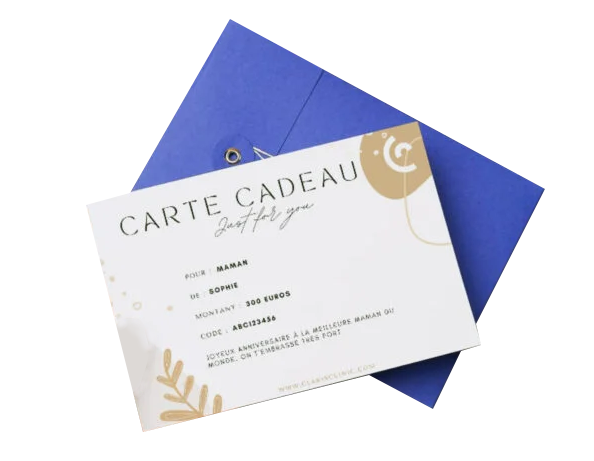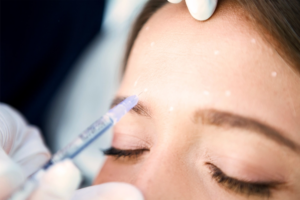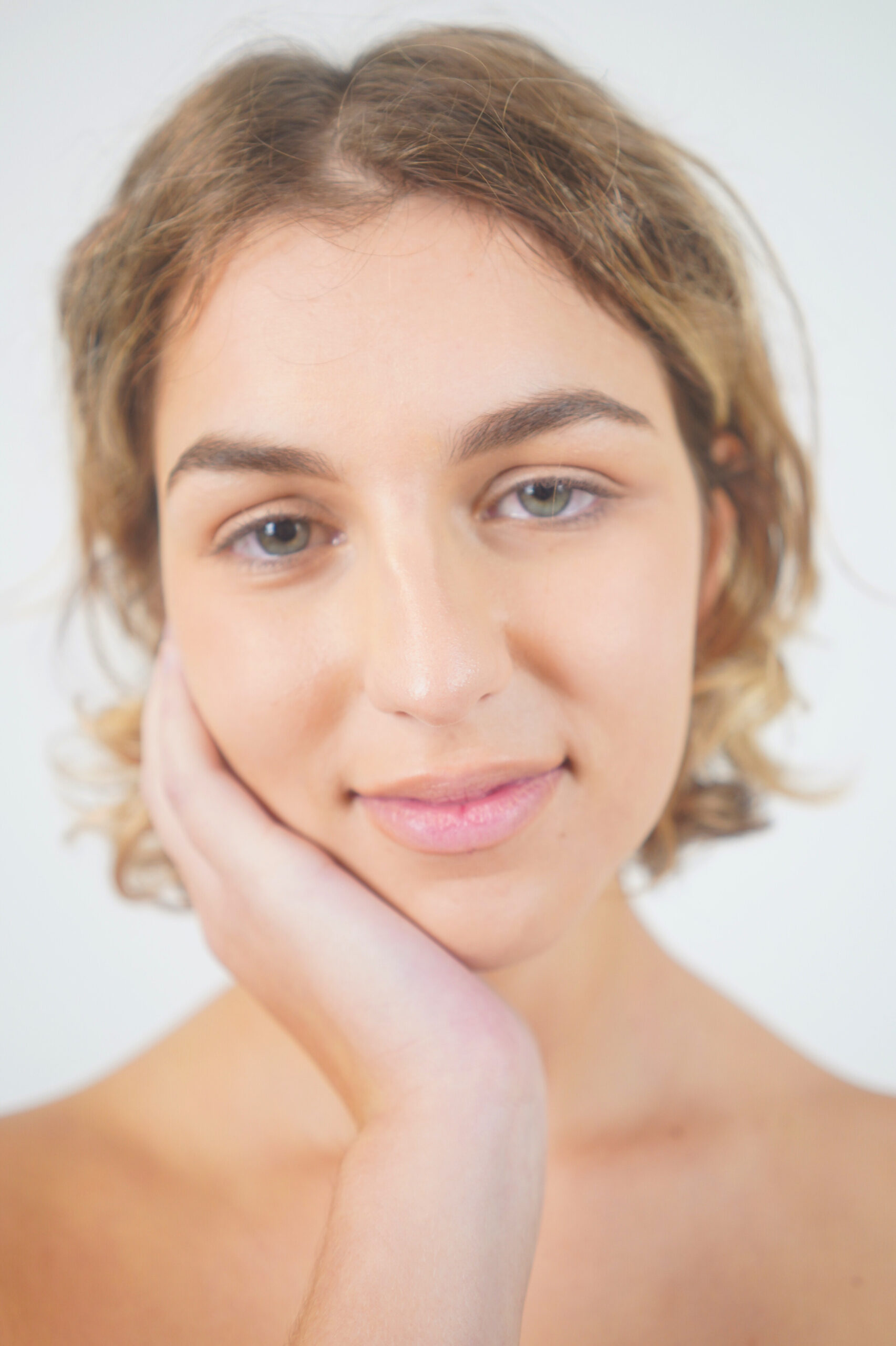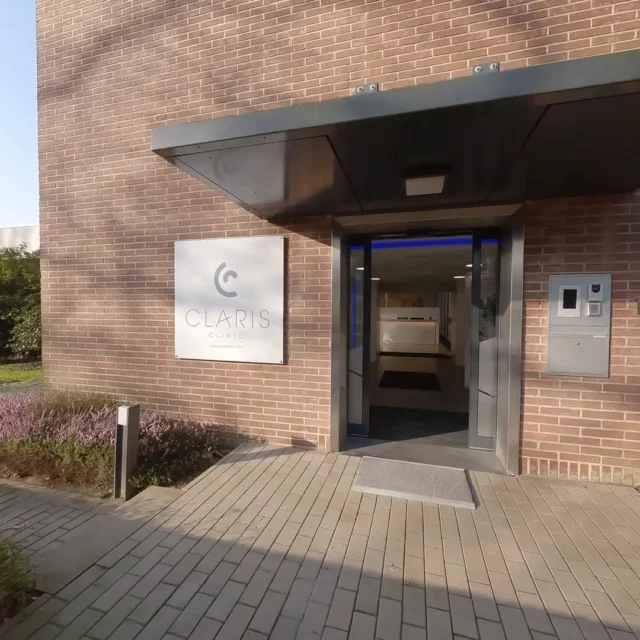Scars
During the healing process following surgery or an accident, it is not uncommon for certain anomalies to occur during the skin regeneration process. The scar increases in volume (called “hypertrophic”) and takes on a pink or dark brown color, depending on the skin type (the darker the patient’s skin, the greater the risk of hypertrophic scarring). The scar is then hardened and fibrous. Aesthetic medical treatments are available to reduce the appearance of hypertrophic scars.
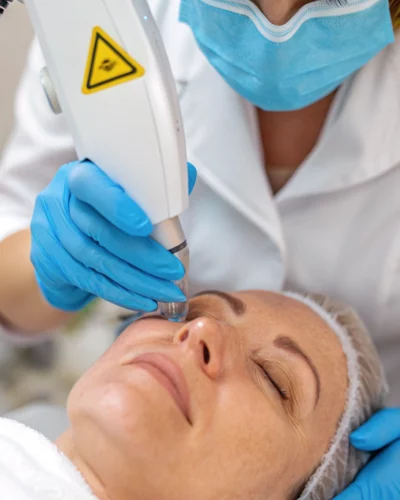
Laser CO2
Le laser CO2 est une technique non invasive qui permet de réduire les rides du visage et les irrégularités de la peau, telles que les imperfections ou les cicatrices d’acné. Le laser dirige des faisceaux lumineux concentrés sur la peau irrégulière, éliminant les zones sélectionnées couche par couche.
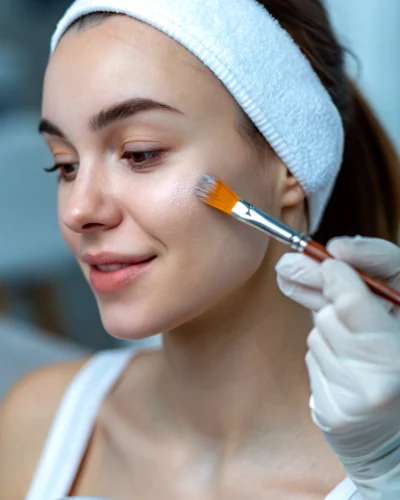
Peelings
Les peelings offrent une solution efficace pour gommer les imperfections cutanées en favorisant l’exfoliation naturelle de l’épiderme et du derme. Ce traitement esthétique, en éliminant les couches superficielles de la peau, favorise le renouvellement cellulaire et la production de collagène, pour une peau plus lisse, éclatante et d’apparence plus jeune.
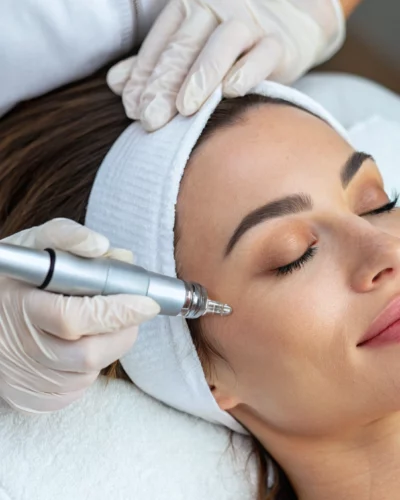
Microneedling
Le microneedling et le Vampire Lift sont des traitements de régénération cutanée accélérée donnant d’excellents résultats, en traitement simple ou en combinaison avec des injections ou du PRP (Plasma riche en plaquettes).
The benefits of scar treatments
- Reduced visibility of hypertrophic and fibrous scars
- Uniform skin tone, limiting pigmentation variations
- Collagen stimulation to improve texture and firmness
- Improved flexibility of scar tissue
- Non-invasive techniques such as CO2 laser and microneedling
- Progressive, natural results thanks to targeted treatments
- Suitable for all skin types, including darker skins

Frequently asked questions
Which treatments are right for hypertrophic scars?
Options include CO2 laser, peels and microneedling, which promote cell renewal and reduce thick scars.
Are treatments painful?
Pain is usually minimal. Anesthetic creams can be used to reduce discomfort during procedures such as CO2 laser or microneedling.

